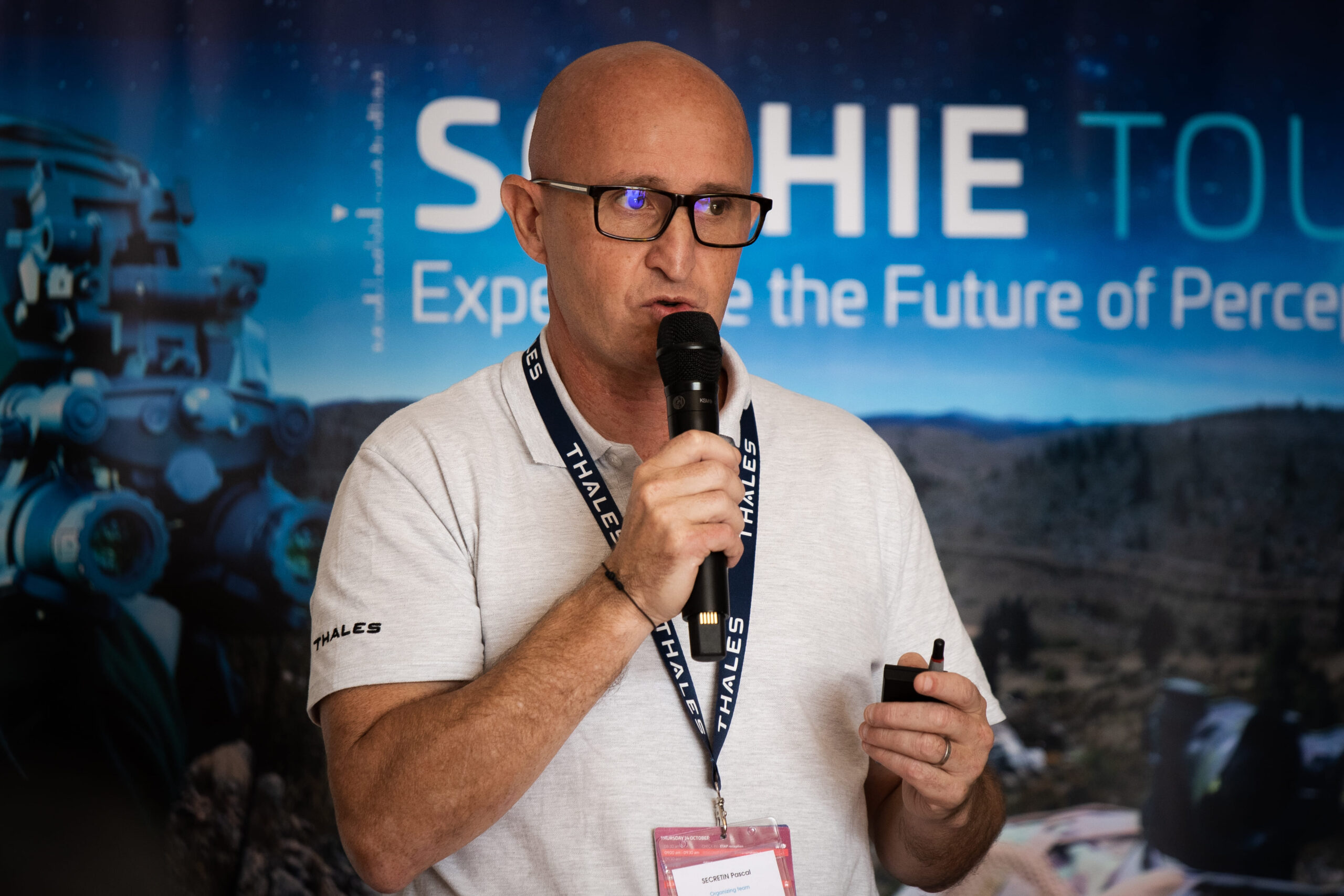Land optronics: Technological disruptions give the tactical advantage
In recent decades, the battlefield has met deep technological evolutions, particularly in optronic devices, which have faced important disruptions. In fact, we find more and more traditional land optronics in the field, that malicious forces are using against allied forces. This is why the technology level is always improving, to provide tactical superiority.
Seeing the enemy before they see you, gives you the operational advantage, as it allows forces to better anticipate their strike force over the enemy. Seeing better and faster also implies sharing this information between the different deployed troops.
Indeed, information exchange is a key asset on the battlefield as it enables better decision making with regards the situation. The speed of these data exchanges was the challenge of recent years. The challenges of today’s, and more so tomorrow’s battlefield, are the security and the integrity of the information exchanged, as we are now in a digital era with most equipment being connected devices and part of a wider system of equipment.
On one hand, in a high intensity combat context, allied forces have to face hostile conditions such as a GNSS denied environment, this is a very disruptive problem in the field and becoming much more commonplace. In addition, the need for an accurate target location in the field (e.g. for Special Forces) is a key asset for the mission success, as long as the information has not been corrupted.
On the other hand, cyber threats can disrupt your operations; images or video theft can be used to get ahead of your forces, and hackers can also take remote control of your equipment if they succeed in accessing your connected network, or even worse get the location of your troops for a surprise attack.
Cyber security is now the new weapon that has to be taken into account for every operation.
How Thales helps dismounted soldiers, face tomorrow’s battlefield
From high performances optronics to secured telecommunication or radar systems, Thales has always included potential emerging threats of the future battlefield, in the initial stages of its new technology developments.
As the HHTI concept innovator, Thales is an early adopter of the latest technologies and readily adapts its solutions to new threats. The New Sophie Family opens up the way for collaborative combat by offering the first Thales HHTI cyber secured by design, from hardware and software conception.
All Thales know-how in terms of cybersecurity has been deployed from the conception phase to ensure the security of exchanges and improve frontline units safety.
However, the hardware design must be supported by continuous monitoring of new and emerging vulnerabilities in cyber space, to ensure the full protection of the mission. Indeed, the number of new vulnerabilities per day is higher than ever and will only increase in the years to come.
To stay cyber resilient all along the product life and at a wider system level, each element of the collaborative chain should be protected at the highest level, thanks to a robust design; appropriate software releases, a continuous monitoring of vulnerabilities, and dedicated responses (through Maintain in Security Conditions, existing feature on the New Sophie Family). Finally, continuous support from Thales cyber security technical expets help forces set up best practice, and maintain the highest integrity of their data exchanges.



Leave a Reply